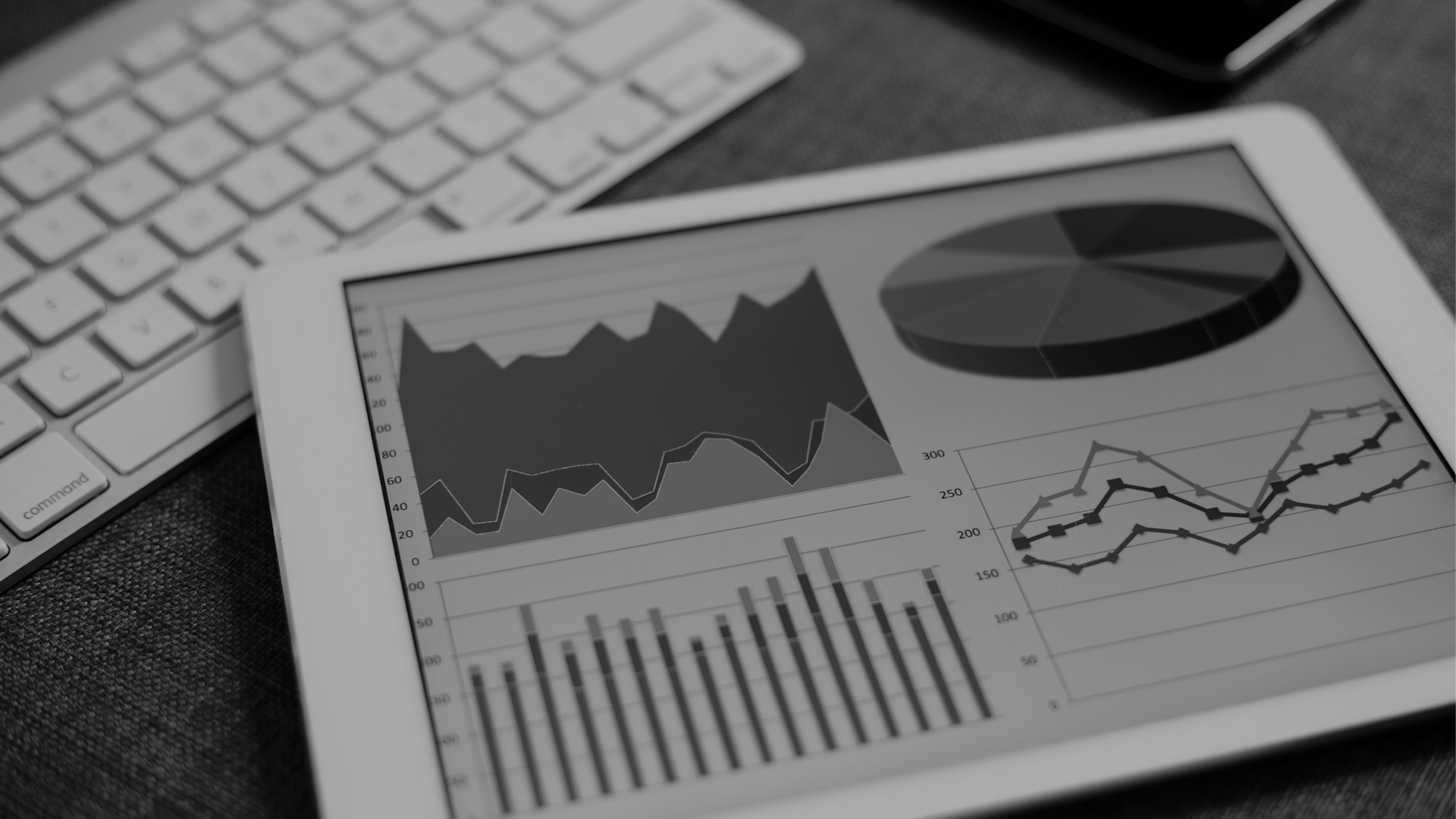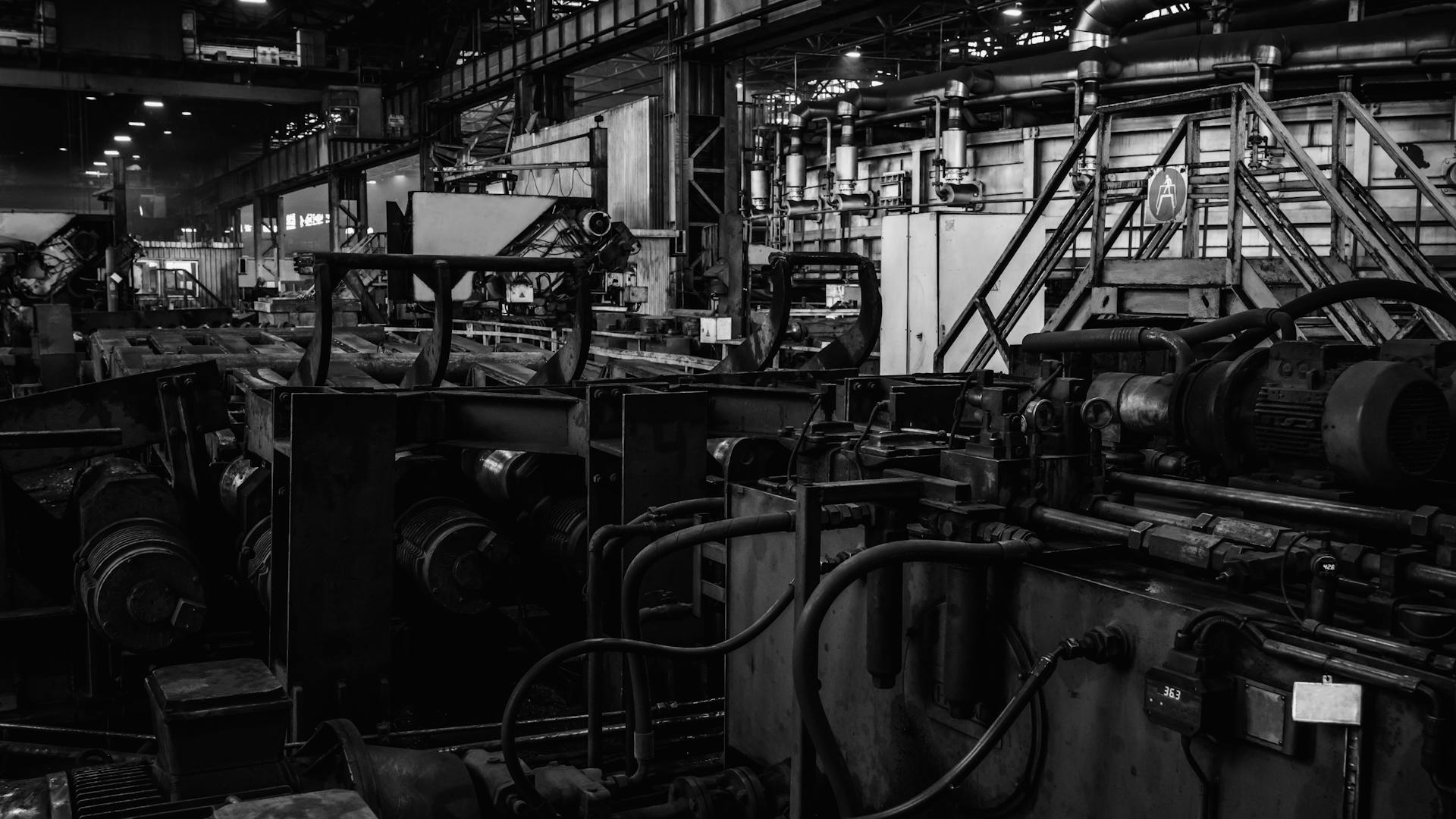Introduction
As urban populations grow, local governments are embracing Internet of Things (IoT) technology to improve infrastructure, reduce pollution, and enhance public services. By leveraging real-time data from connected sensors and devices, city officials can make faster, more informed decisions that directly impact residents’ quality of life.
Key Urban Use Cases
Smart Traffic Management
- Adaptive Signals: Traffic lights that change based on vehicle flow.
- Real-Time Alerts: Sensors monitor congestion and redirect drivers to less busy routes.
- Accident Response: Emergency services receive instant notifications, speeding up assistance.
Efficient Waste Disposal
- Sensor-Enabled Bins: Track fill levels and signal when pickups are needed.
- Route Optimization: Waste collection trucks follow data-driven paths, cutting fuel costs.
- Reduced Overflow: Timely pickups prevent public health hazards.
Public Lighting
- Motion Detection: Streetlights brighten when they sense pedestrians or vehicles.
- Energy Savings: Lights dim automatically during low-traffic hours.
- Maintenance Alerts: Smart bulbs signal when they need replacement, preventing outages.
How SaaS Platforms Support Real-Time Data
SaaS solutions gather and analyze sensor data in the cloud, presenting actionable insights on centralized dashboards. City managers can track traffic flow, energy consumption, and public safety metrics instantly, adjusting resources as needed. The subscription-based model also lowers initial IT costs, making advanced analytics accessible to municipalities of various sizes.
Conclusion
By combining IoT sensors with SaaS analytics, smart cities can optimize public services, reduce environmental impact, and enhance residents’ day-to-day experiences. This data-first approach is paving the way for more efficient, resilient, and sustainable urban living.




